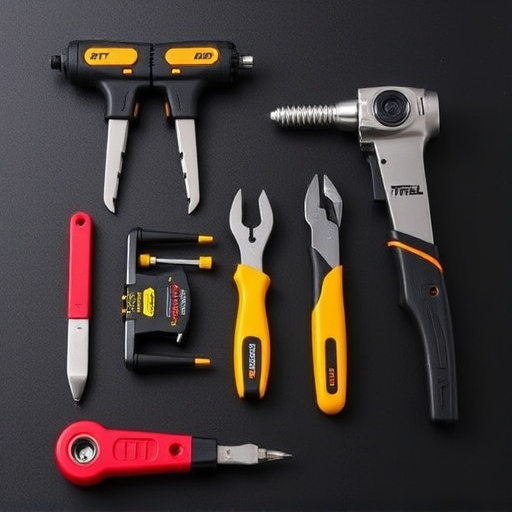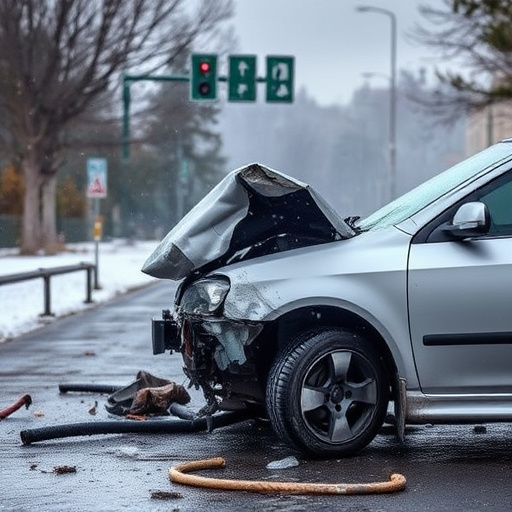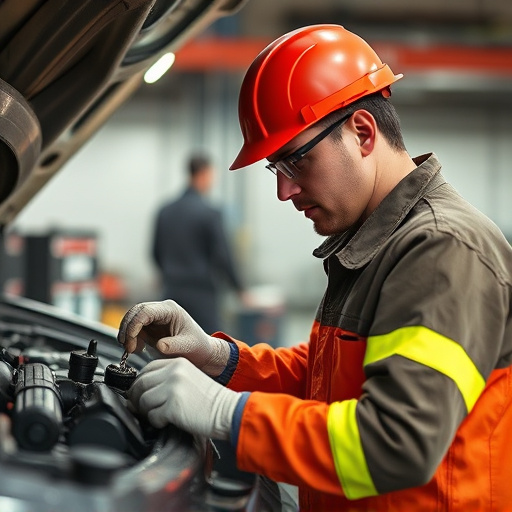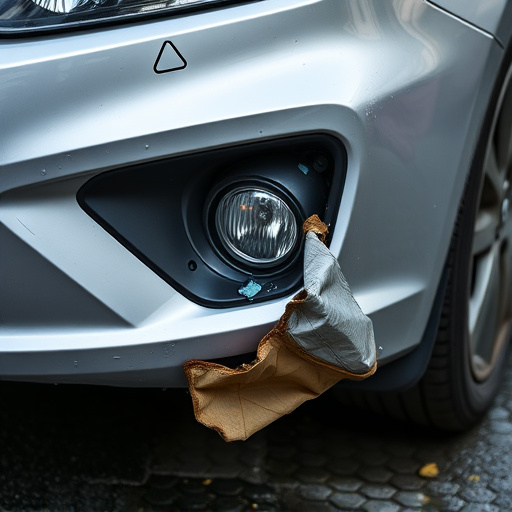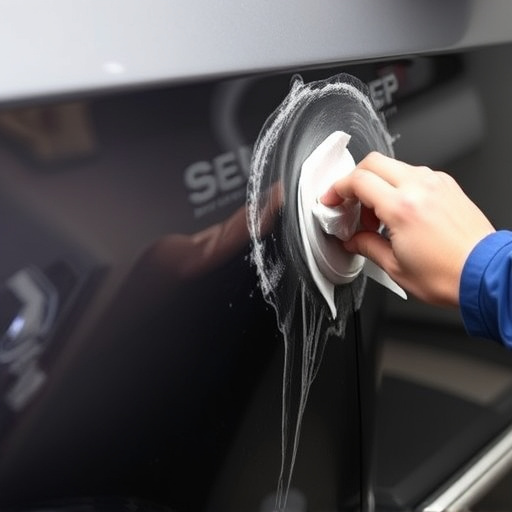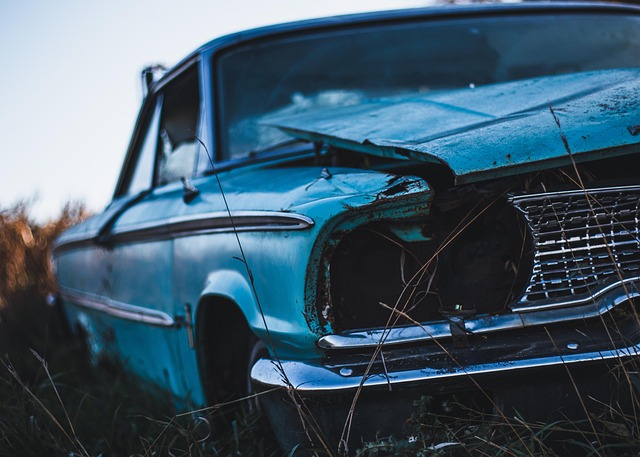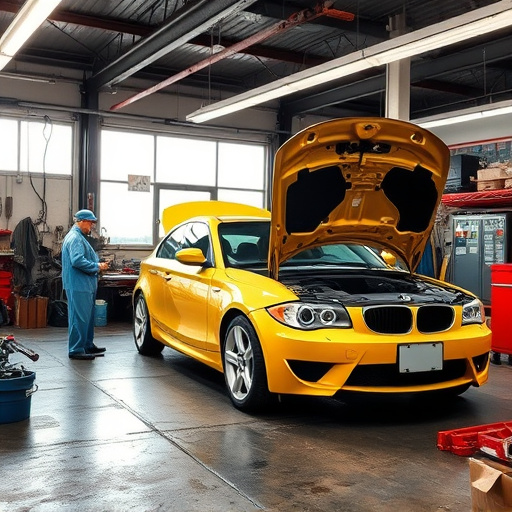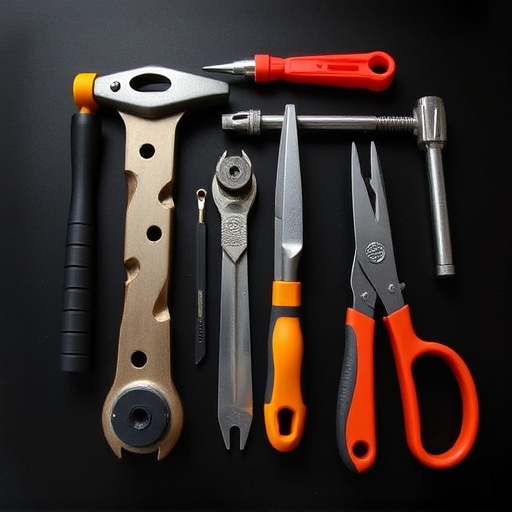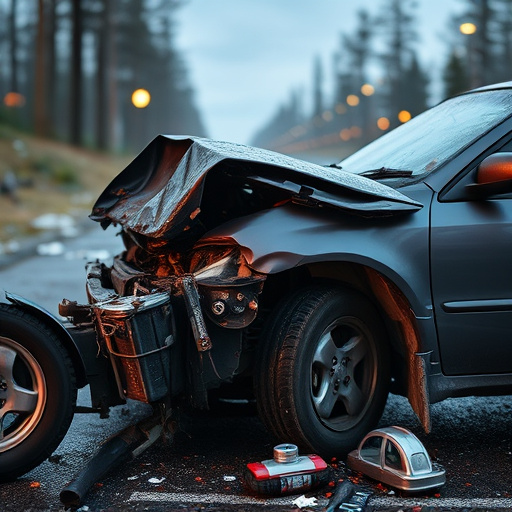Frame repair certification varies widely across US states, leading to inconsistent quality and safety standards among auto body shops. Standardization is crucial for maintaining consistent quality, boosting consumer confidence, simplifying regulatory compliance, and ensuring expert precision in frame repairs, ultimately affecting vehicle safety and resale values. Awareness of local certification requirements is vital for consumers and shops seeking optimal restoration outcomes.
Is frame repair certification mandatory across all states? This question delves into the varying requirements and importance of standardized certifications in the automotive industry. With frame repair being a critical aspect of auto body work, understanding state-specific regulations is essential for both consumers and shops.
This article explores why consistent certification standards are crucial, examining their impact on shop operations and customer satisfaction. From ensuring quality to fostering trust, discover how frame repair certification contributes to the safety and reliability of vehicle repairs.
- Frame Repair Certification Requirements Vary by State
- Understanding the Need for Standardized Certification
- The Impact of Certification on Auto Body Shops and Consumers
Frame Repair Certification Requirements Vary by State
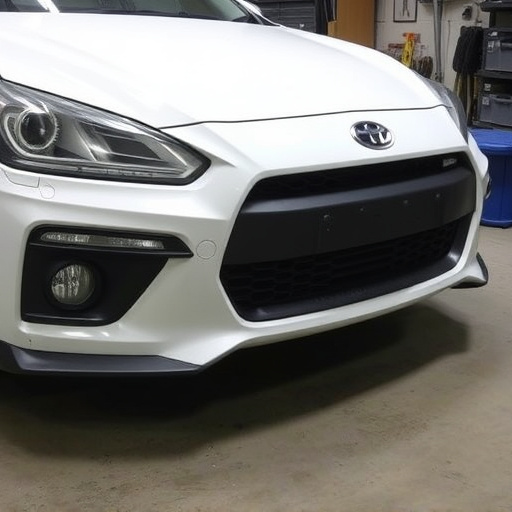
The requirements for frame repair certification vary significantly from state to state in the United States. This disparity is a reflection of the diverse regulatory landscapes within the automotive industry, where each jurisdiction sets its own standards and guidelines. For instance, some states mandate that auto body shops and their technicians undergo specific training and earn certifications before they can perform frame repairs. These certifications often involve specialized courses focused on unibody construction, alignment techniques, and safety protocols unique to frame straightening.
In contrast, other states may have less stringent requirements, trusting the expertise of established auto body shops and collision repair services. The lack of standardized frame repair certification can make it challenging for consumers to gauge the competence of technicians, as well as ensure consistent quality across different auto body shops. This variation underscores the importance for vehicle owners to research and understand the specific regulations in their state regarding frame repair certification, ensuring they receive reliable and safe collision repair services.
Understanding the Need for Standardized Certification
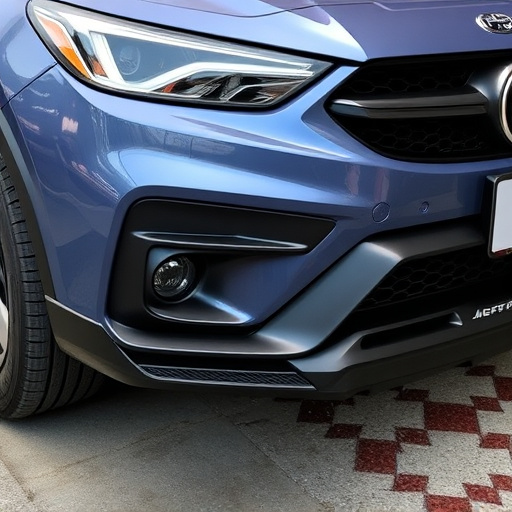
In today’s diverse automotive industry, where different states have varying regulations and standards, there is a growing need for standardization when it comes to frame repair certification. Understanding the nuances of vehicle structure and safety is paramount in ensuring that auto repair services maintain consistent quality across regions. Frame repair, a critical aspect of any collision or damage restoration process, involves intricate work on a car’s skeletal framework. Given the structural integrity it provides, any errors or subpar repairs can have significant implications for vehicle safety during future drives.
A standardized frame repair certification becomes essential to ensure that technicians and shops across different states adhere to consistent quality benchmarks. This approach facilitates consumer confidence by guaranteeing that auto repair services, including scratch repair and car dent removal processes, are conducted by qualified professionals who possess the necessary skills and knowledge. Moreover, it simplifies regulatory compliance for businesses operating in multiple states, fostering a more efficient and reliable automotive service industry.
The Impact of Certification on Auto Body Shops and Consumers
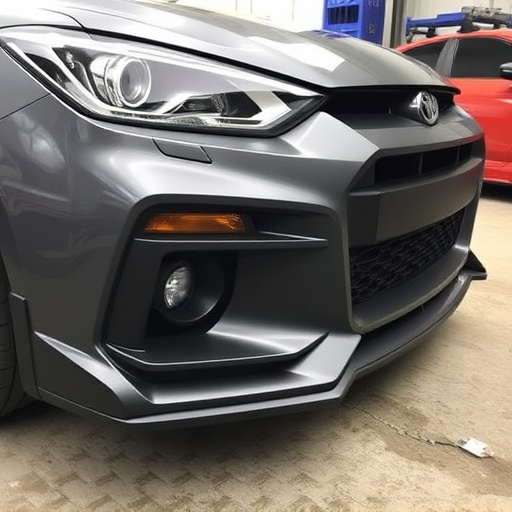
Having a frame repair certification is not currently mandatory across all states in the US, which has significant implications for both auto body shops and consumers. While some regions have implemented such regulations to ensure quality control and safety standards in vehicle restoration, others lag in establishing formal requirements. This disparity creates an uneven playing field among vehicle body shops, as certified businesses must adhere to stricter protocols, potentially impacting their operational costs and pricing structures. On the other hand, uncertified shops might offer more competitive rates, but without the same level of expertise and precision in complex car body repair tasks, including frame repair.
For consumers, the lack of uniform certification guidelines means they face varied levels of service quality when it comes to vehicle restoration. Certified vehicle body shops ensure that repairs meet industry standards, using advanced techniques and materials for precise frame alignment and structural integrity. This translates to safer vehicles on the road and increased resale value. In contrast, a non-certified shop might not consistently deliver the same level of precision, leaving consumers with less reliable vehicles or those with potential hidden issues. Thus, awareness about the importance of frame repair certification is crucial for both parties in ensuring optimal vehicle restoration outcomes.
While there’s currently no universal mandate for frame repair certification across all states, the varying requirements highlight the growing need for standardized training. This gap in regulation leaves consumers vulnerable to inconsistent quality and safety standards. As the auto body industry evolves, adopting a unified framework for frame repair certification could better protect consumers and ensure consistent repairs, fostering trust and reliability across the nation.

